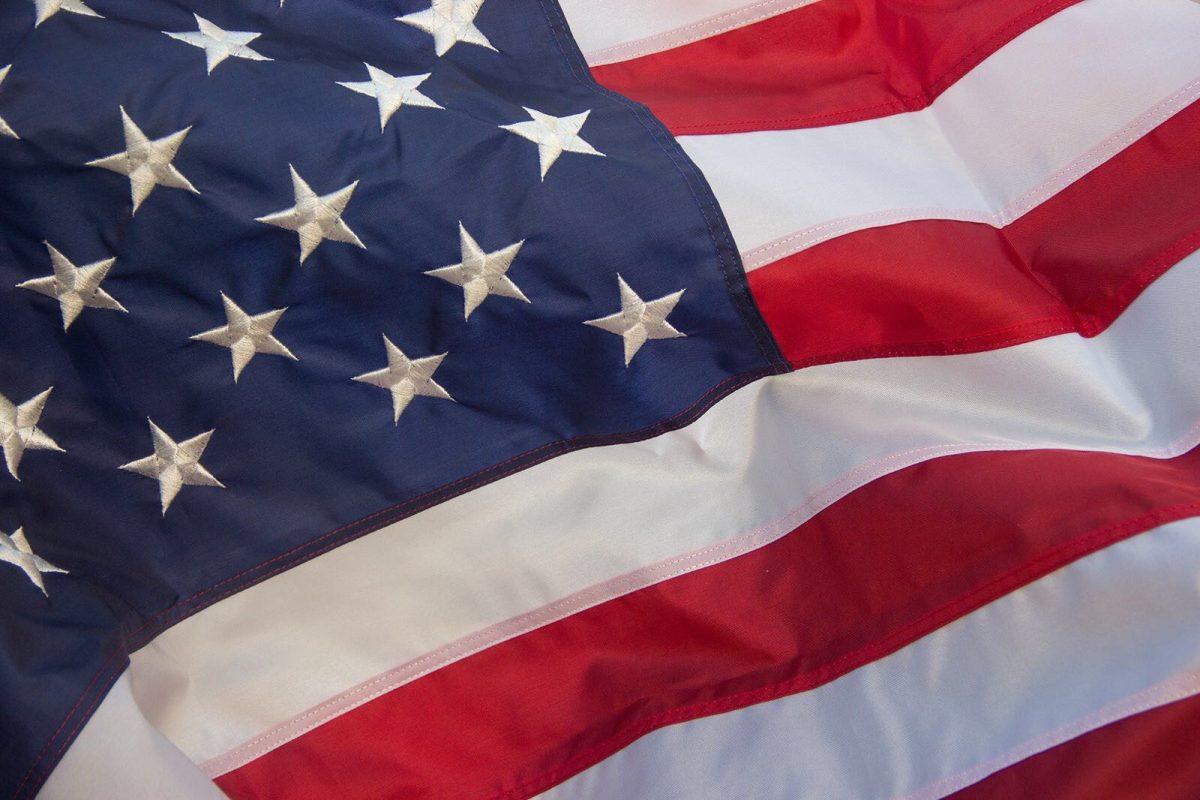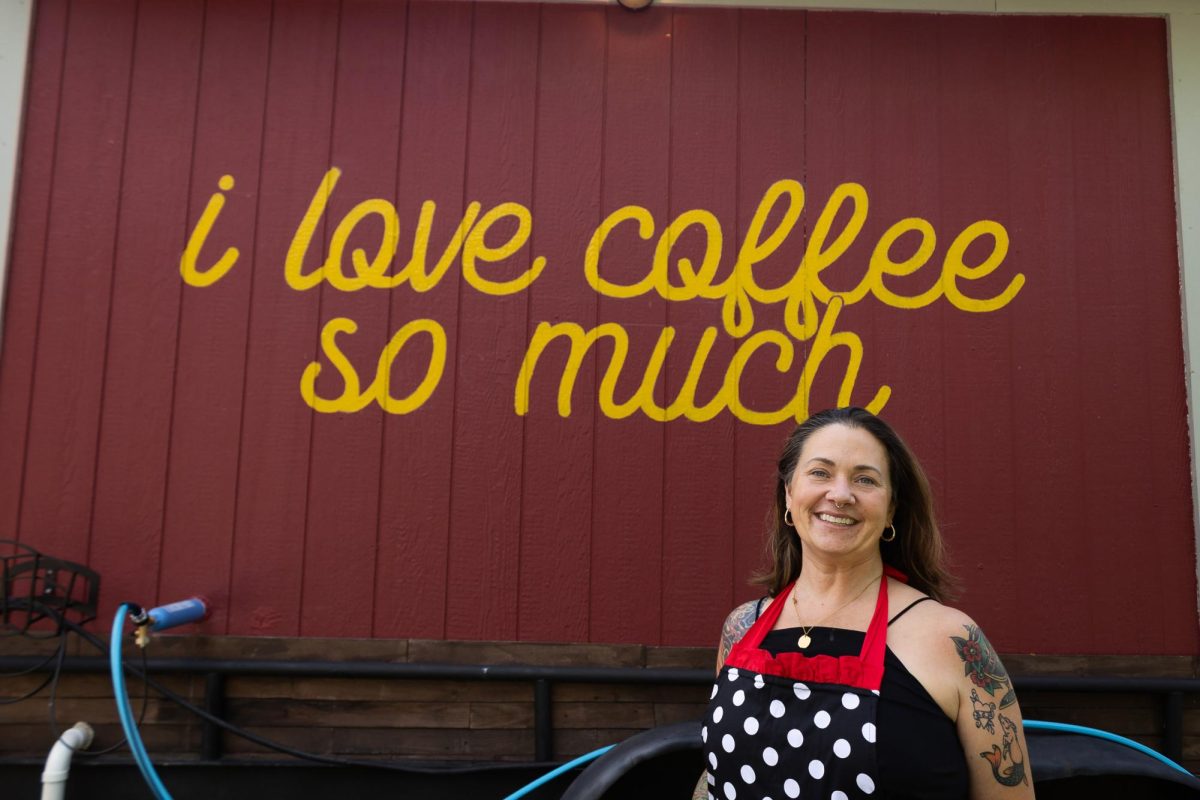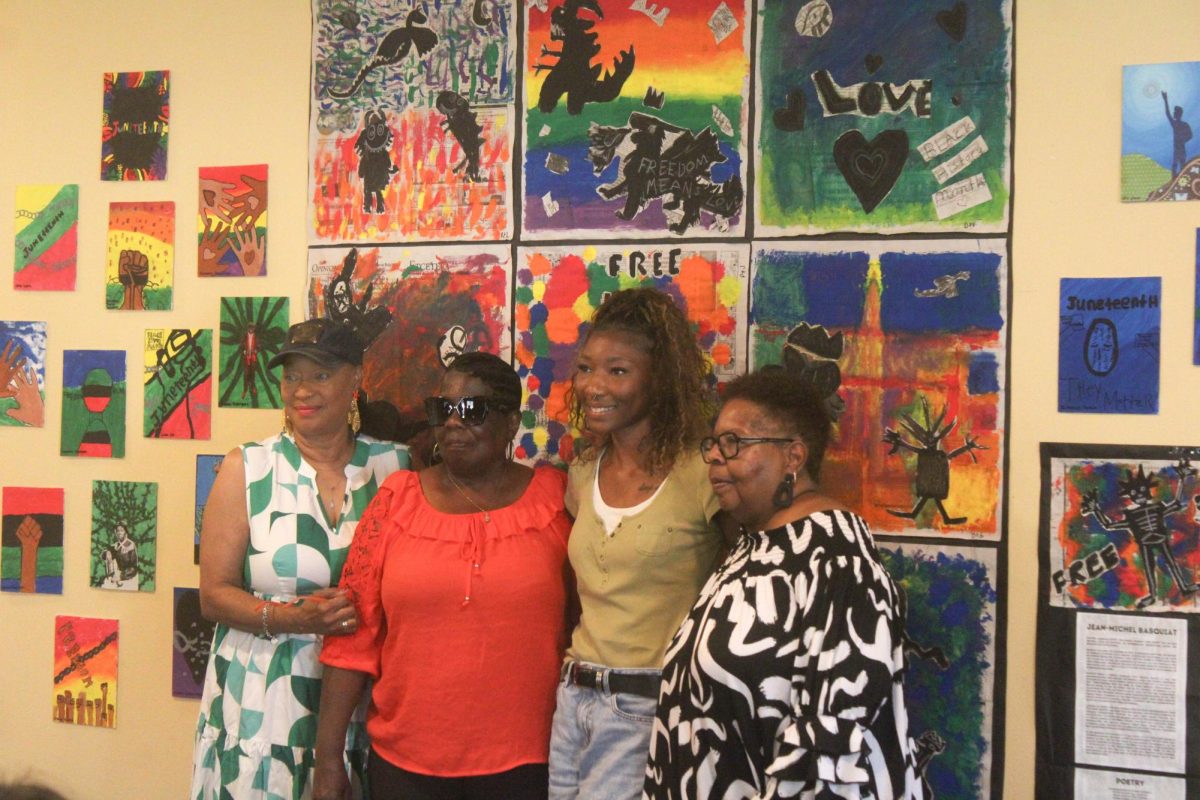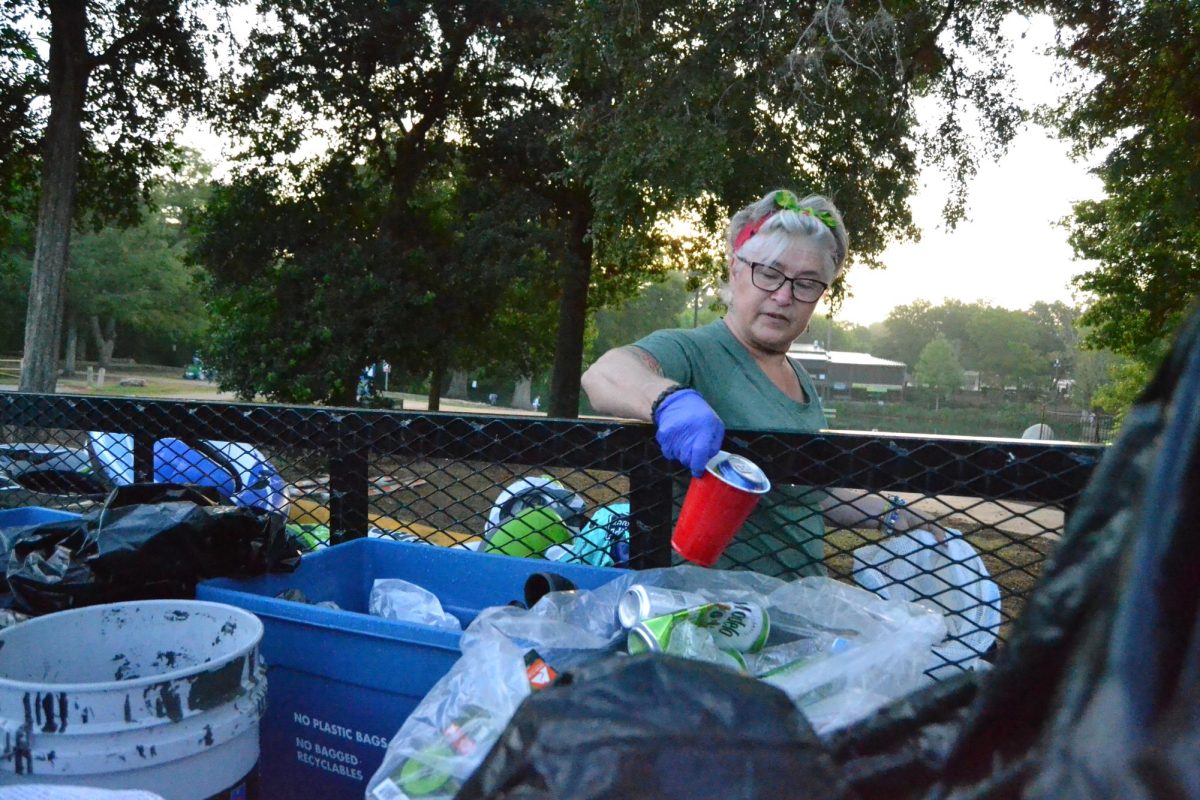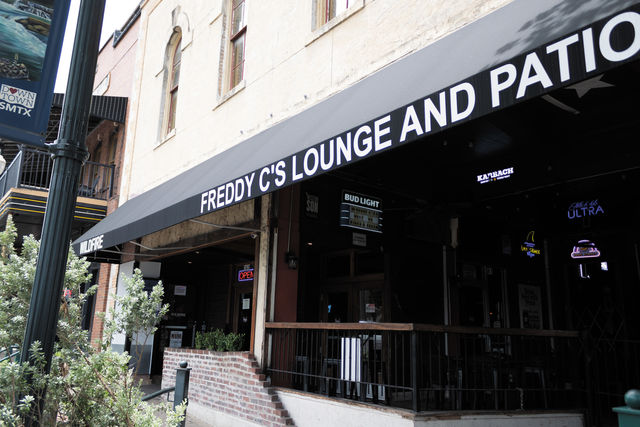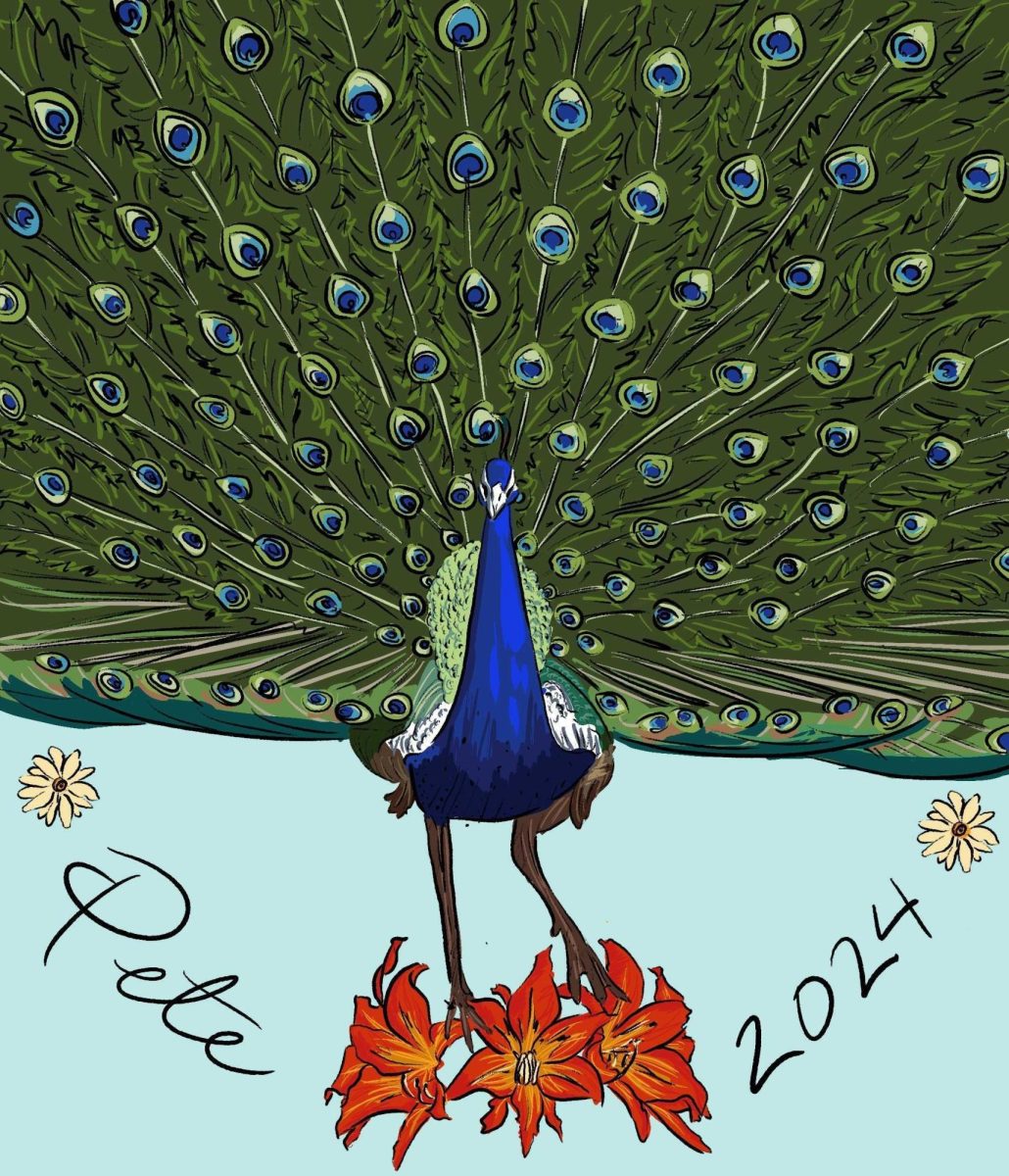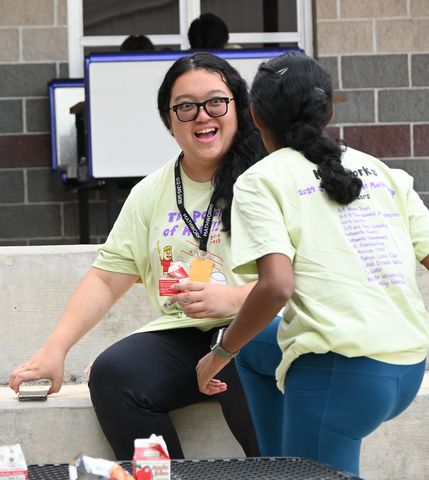Texas State has a population of over 1,000 veteran students who served in various branches of the United States Military. For these veterans, attending school can come with special challenges to veterans.
According to Anson Davis, veteran’s affairs coordinator at the Veteran’s Affairs It is not required for student veterans to make themselves known to the veteran’s affairs office, so that number can vary. The office of Student Diversity and Inclusion is a resource for veterans who want to come to Texas State to get an education.
Juan Garcia, advertising graduate student and Air Force veteran, joined the military because he was tired of jumping from job to job without any real direction.
Garcia joined the Air Force because of the intel jobs it offered. According to the U.S. Air Force webpage, intel officers are responsible for collecting and protecting information.
Garcia worked for the Air Force for eight years before deciding to start his college career at Texas State.
Garcia chose to come to Texas State due to the resources given to veteran students. Some of those resources include the Veteran Friendly Office Program and the Veterans Alliance of Texas State. Garcia’s decision to attend Texas State was influenced by its proximity to Austin and San Antonio.
Garcia is the social media chair of VATS. VATS is a resource for veteran students who may have a hard time adjusting to college life.
According to Garcia, the biggest challenge of attending college after being in the military is going to class with students who are several years younger.
Both Harrison, 28, and Garcia, 36, had a hard time adapting to college because of the age difference between them and other undergraduate students. According to Joshua, it is hard to have conversations with substance with the younger population.
“The student population needs to not be afraid of student veterans,” Garcia said. “Not all of us have PTSD or fall into any stereotypes. We are just students. We just served in the military and now we want to get our education.”
Although Garcia has never experienced an issue where a student was afraid of him personally, he acknowledges it as a stigma put onto many veteran students.
Joshua Harrison, physical therapy junior, a Marine veteran, decided to go to Texas State because he grew up in the area and has family members who live here. Harrison hurt his knee during a basketball game and was not able to be deployed.
“It was mostly the commercials and the dress uniform to be honest. I always loved the marines,” Harrison said. “I grew up watching ‘Full Metal Jacket’ constantly, so I think that was always in the back of my mind.”
After graduating, Harrison plans to become a physical therapist who works separately from the Veterans Affairs hospital. He wants to help veterans similar to him who have been injured serving in the U.S military.
Veterans choose Texas State after years of service
September 23, 2017
Photo by Lara Dietrich | Multimedia Editor
Donate to The University Star
Your donation will support the student journalists of Texas State University. Your contribution will allow us to purchase equipment and cover our annual website hosting costs.











